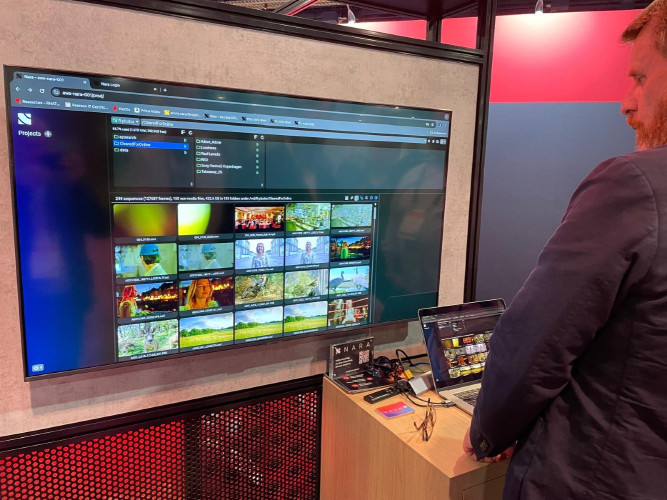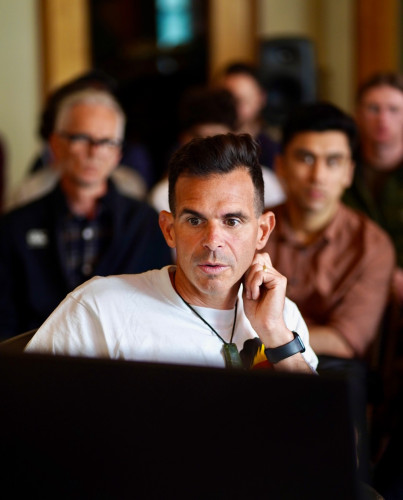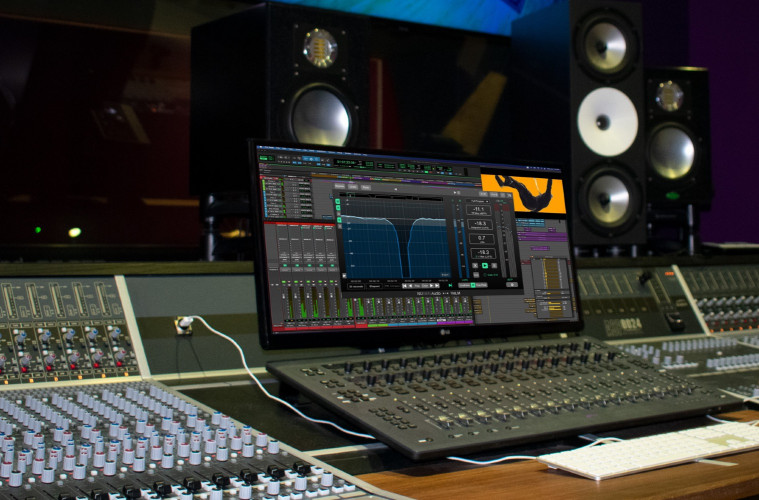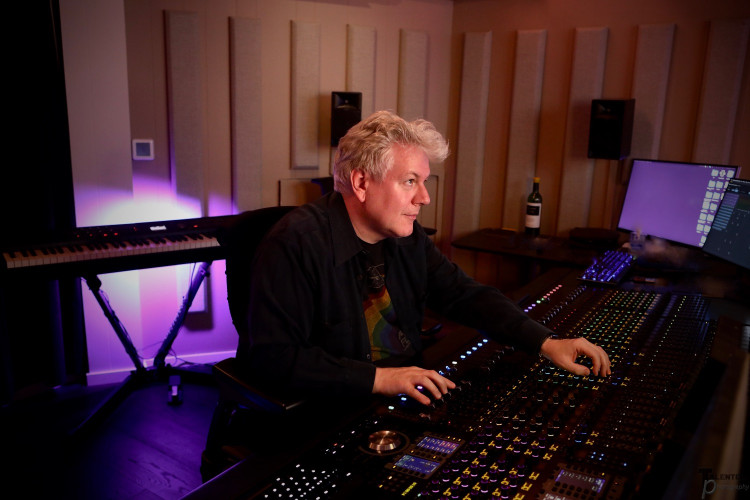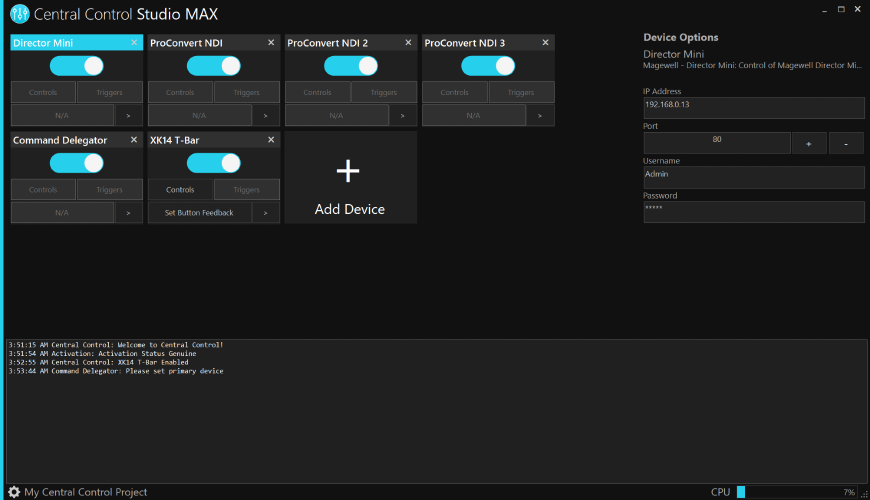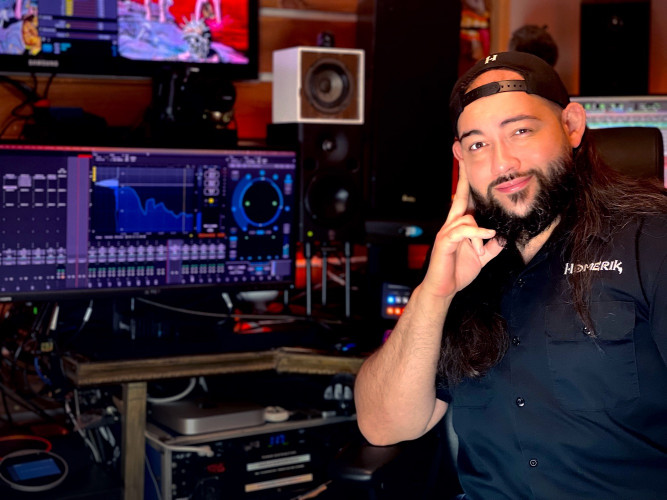Loudness: What happens now if my work is not compliant?

Author: Jon Schorah
Published 1st June 2013
Now that loudness is a mandatory requirement in the United States, Europe, and much of the rest of the world, it’s not so much a question of when organizations will begin to comply, but how?
1. Now the standards are in place, what happens now if my work is not compliant?
There are varying repercussions for noncompliance, depending where you work and in which segment of the industry.
For the post-production engineer, if you are not required to deliver loudness-compliant audio, then your main concerns would be international compatibility and downstream correction. If you produce sound for broadcast in a compliant region, then your noncompliant work will either be rejected outright or corrected in a manner beyond your creative control. Because the majority of audio is now moving toward compliance, even if your work makes it to broadcast in its original form, it likely will not compare well to compliant material being broadcast alongside it. If you are required to submit compliant material, a near fail might simply result in correction at ingest, but rejections — along with their associated fees and delays as you rework your submission — are becoming more commonplace.
Broadcasters are in a similar situation. In fact, for broadcasters, voluntary compliance should be a very serious consideration. Anecdotal evidence suggests compliance pays dividends, even in a commercially competitive environment. To the extent that they will choose to stay with a commercial break rather than surfing, consumers genuinely prefer a loudness-compliant channel. Where compliance is required by legislation, then noncompliance can ultimately result in heavy fines.
The drop in loudness-related complaints in the wake of loudness regulation would suggest that, ultimately, the consumer prefers compliant material regardless of legal considerations.
2. Where in the broadcast pipeline should loudness be addressed?
From a technical perspective, there are many places in the audio path that loudness can be addressed, namely playout, ingest, and post-production.
a. Control During Playout
The first approach is playout processing, a scenario in which real-time processors continuously measure and adjust the station output to ensure loudness compliance. Playout processing delivers a technically compliant broadcast, but this method has its drawbacks. For example, in extreme situations, a particularly loud commercial that has been brought into line with real-time processing can actually cause a loudness problem if the programming that follows it is relatively soft. One way to refine this approach is to bypass processing when broadcasting compliant material. Rather than processing the entire broadcast, switch processing on only when material is noncompliant or of unknown origin . The Federal Communications Commission(FCC) in the United States strongly discourages the use of live audio processing to meet loudness requirements.
b. Control at Ingest
A better approach is to ensure compliance at the server level during ingest. This technique can be adapted readily to a modern, file-based environment and works well even with automated batch processing. The downside is that the method can break down during the transition from feature film to television, when loudness range reduction (LRA) requirements come into play. Processing can often change the nature of the sound considerably and can also introduce issues with dialog clarity. That said, a file-based loudness solution can often deliver perfectly acceptable results in cases where the original resources are not available or budgets prohibit anything more involved.
c. Control During Post
By far the best solution — and the one that offers the most creative freedom — is to make a mix loudness-compliant during post-production. This approach integrates loudness into the creative process so that it can be considered alongside other audio variables, ultimately producing audio that satisfies both the consumer and the creative professional.
3. How can loudness be handled at Ingest?
In a file-based environment, checking and adjusting audio for loudness compliance can be readily addressed at ingest using batch processing, which can assess and check files for compliance and even automatically fix audio that is close to target. These corrections are best achieved by a simple loudness offset (with true-peak limiting) that produces compliant material without “treating” the audio with processes that introduce audible artifacts. If material falls outside acceptable limits for the offset approach, then some dynamic scaling (LRA reduction) can also be helpful, although this approach should be used with caution because it encroaches into the creative sphere and might be better suited for post-production.
4. How does loudness fit into the post production workflow?
The best way to employ this approach is to find a loudness-control solution built for the post-production environment, one that offers intuitive loudness tools for audio editors including real-time metering, offline correction, and loudness-compliant limiting.
Visual Loudness Meters
Clear, intuitive loudness metering is the key to delivering high-quality, loudness-compliant audio. Current standards hold the potential for increased dynamic range and contrast. Loudness recommendations are based on a loudness scale designed to correspond to the human ear. With a visual meter, editors can keep an eye on the meter and loudness profile while relying on their trained ears to make most of the decisions.
In the post-production environment, loudness metering software (plug-in or application) can offer a considerable advantage over a stand-alone, real-time hardware meter because it can not only measure a program in its entirety, but it can do it faster than real time. The main target measure of integrated program loudness requires that the loudness be measured over the entire length of the program. For example, making a 30-second edit in a 50-minute documentary will require the entire 50 minutes to be measured again — something of a time issue when using real-time hardware meters. Many nonlinear editors (e.g., Avid Pro Tools® and Media Composer®) allow for faster-than-real-time analysis, and there are also offline file-based tools that can speed up the analysis considerably, avoiding large amounts of unwanted downtime while acquiring measurements. Unlike hardware meters, loudness metering software allows you to get the most out of your nonlinear editor.
True-Peak Limiters
Unlike sample peak limiters, a true-peak limiter can handle the intersample true-peak requirement inherent in all of today’s standards. Loudness normalization deals with loudness jumps and consumer satisfaction issues, but you still need to measure peak levels to avoid distortion in the signal. True-peak level is a measurement of the intersample peak. Maximum peak measurement is specified in order to avoid noticeable clipping and distortion, but because of the way audio is sampled, the real audio level might have gone above the maximum peak level between samples. True-peak level is designed to measure that real level and avoid clipping.
It can be tempting to use sample peak limiters to do the job, but in reality there are no “safe” settings for a sample peak limiter. A sample peak reading can often read as much as 6 dB higher on a true-peak meter, and it is not possible to set a traditional brick-wall limiter (very high ratio and fast attack times) to be safe enough. While you can artificially set limits using PPM, this approach simply introduces another layer of complicationIn reality, the only way to be sure of correct true-peak values is to use a true-peak limiter.
Offline Correction
Once a mix is more or less loudness-compliant, offline tools can speed up the last part of the normalization process. These tools can be used within the editing environment to bring a mix into line quickly, correcting any true-peak overshoots as it goes.
Batch Analysis
Most busy post-production environments will benefit from some form of automated loudness processing. Acting as a rapid fail-safe system and internal QA, a batch processor can automatically assess files for compliance and correct or reject as necessary.
5. Unresolved issues
Because international recommendations are all based upon the same ITU standard, most of us in the industry agree about how to approach loudness control. There are, however, issues that have yet to be resolved, most notably the difference between a 5.1 mix and its corresponding downmix. It is common for the downmix to differ slightly in loudness from the 5.1 mix, but what makes the issue more confusing is that the difference can be in either direction, so a simple offset is not a viable solution. Similar situations arise with dual-language, multi-mono stereo, where a consumer’s television can produce an unexpected 3-dB jump in loudness depending upon the configuration. Reaching for a magic metadata bullet would be one solution, but that solution assumes the metadata is accurate and the appropriate device is capable of reading and responding properly.
Resolving problems with dialog clarity is the next most pressing issue. After loudness jumps, dialog intelligibility above the background audio is the thing consumers complain about most. Whilst it is possible to measure loudness differentials, there is little published research in this area. Even so, it is fairly simple to devise internal guidelines to check for potential problems. Another potential pitfall related to dialog clarity occurs when reducing the dynamic range in film in order to repurpose it for television broadcast. Traditional compression techniques do not take into account the level of the dialog in the original mix, and clarity can suffer as a consequence. Normalizing loudness in either of these situations involves creative decisions that are best applied by the post-production engineer in the context of overall loudness compliance.
6. What’s the future for loudness?
If fewer complaints are any indication, loudness normalization has been a boon for consumers. Now that we have a solid foundation for loudness control, it’s time to dig deeper and refine our solutions. As the loudness market matures, new techniques and considerations are emerging. The aim is for loudness to be a primary consideration during production. As tools improve, we’ll use loudness parameters and transferable, objective measures to check whether audio is not only compliant, but also target-appropriate. Audio engineers will use these same tools to produce programming that better satisfies the myriad different creative and consumer demands.









